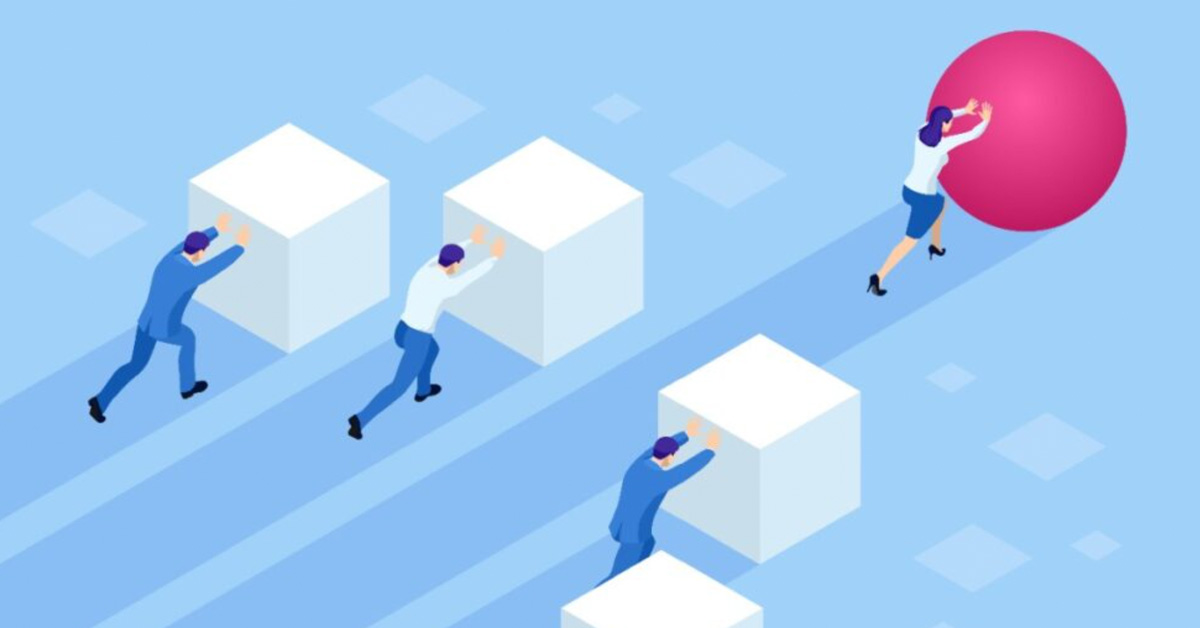How Jobs-to-Be-Done Can Dramatically Improve Your Strategy
Strategy can seem mysterious and difficult due to:
- Confusion about what constitutes good strategy
- The challenge of making sense out of the often-overwhelming complexity of markets
I have become a fan of Roger L. Martin’s “5 Questions to Build a Strategy” because they give us a clear process for formulating strategy. The five questions are:
-
- What is your winning aspiration, i.e., the purpose of your enterprise, its motivating aspiration.
- Where will you play, i.e., where will you compete: what geographies, product categories, consumer segments, channels, vertical stages of production, etc.?
- How will you win, i.e., how will you create competitive advantage and a winning value proposition?
- What capabilities must be in place, i.e., the set and configuration of capabilities required to win in the chosen way.
- What management systems are required, i.e., the systems and measures that enable the capabilities and support the choices.
(Playing to Win: How Strategy Really Works, by A.G. Lafley, and Roger L. Martin, Harvard Business School Publishing, 2013, p. 14-15).
The two most critical questions that “make up the very heart of strategy formation” are are Where to Play and How to Win.
Getting these choices right, however, requires a solid understanding of your target customers’ unmet needs and your firm’s relative strengths and weaknesses. I have seen the following three problems prevent a solid understanding of customers’ needs, problems that the Jobs-to-Be-Done (JTBD) innovation approach resolves.
First, many leaders are challenged with Where to Play and How to Win because they don’t know which of their target customers’ needs remain unmet by their offerings or their competitor’s offerings. If you don’t know where those unmet needs lie, where those market opportunities lie, then it’s very difficult to differentiate and grow in a predictable manner. Instead, it becomes a guessing game which leads to high failure rates, a lot of frustration, wasted time and resources, opportunity costs, and even reputation damage – all of which are unnecessary but very common for many companies today.
Second, it’s quite common for companies to hire a researcher or strategy consultant to interview customers and other stakeholders to inform their answers concerning these two questions. Yet the results are often disappointing because most researchers and strategy consultants don’t know what type of customer inputs to obtain from customers. Surprisingly, there is no agreement about what a customer “need” really is. The result is often hundreds of customer need statements that are too vague to be actionable. Sound familiar? It doesn’t have to be that way!
Third, even though most companies consider themselves to be “customer-focused,” in truth, most are really “customer-attribute-focused.” That is, most companies define Where to Play and How to Win based on customer attributes/demographics (or products). The problem with this is that customers don’t buy products or services because of their demographics; they buy products and services to get their jobs done. Every important unsatisfied job to be done is a potential new market opportunity.
As the late Professor Clayton Christensen said, the unit of analysis for driving innovation and growth should not be your target customer or their demographics, but the jobs they’re trying to get done. Sometimes targeting customer demographics correlates well with buyer behavior, but they are still just a proxy for causality. The ultimate customer insights explain causality, i.e., what job(s) target customers are trying to get done.
An experienced JTBD practitioner can get the type of customer inputs that suppliers need to differentiate and grow in a repeatable manner. Suppliers can gain clarity and confidence about Where to Play and How to Win by uncovering the jobs customers are trying to get done, the criteria they use to measure success, and where they currently struggle in the process given their current product/service solution.
JTBD gives leaders a predictive theory – i.e., if you can help your target customers get their important unsatisfied jobs done better than the competition, then customers will perceive your offering(s) as valuable and unique. This is how leading firms are engineering competitive advantage to dramatically improve their strategy. You can, too.




